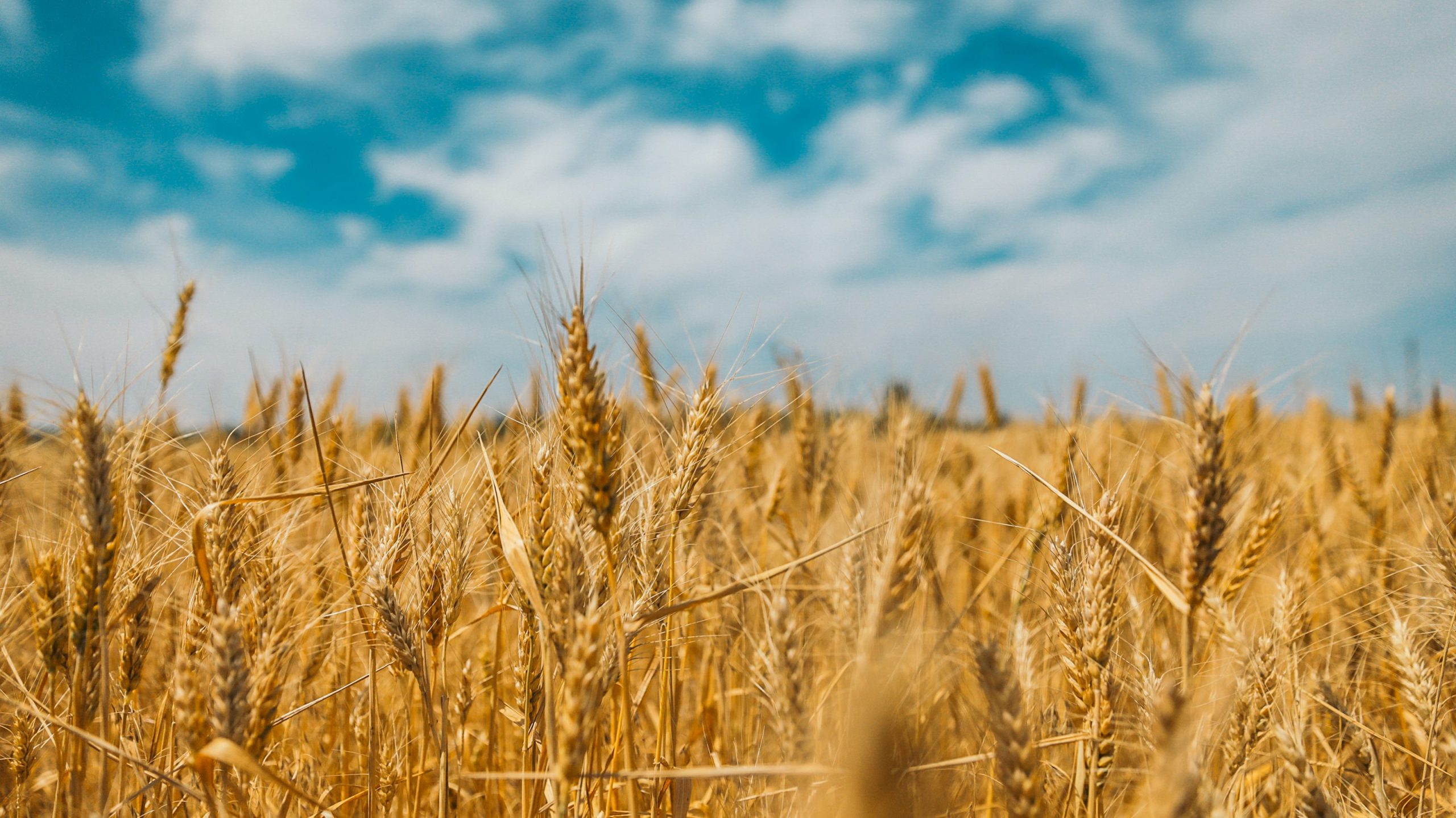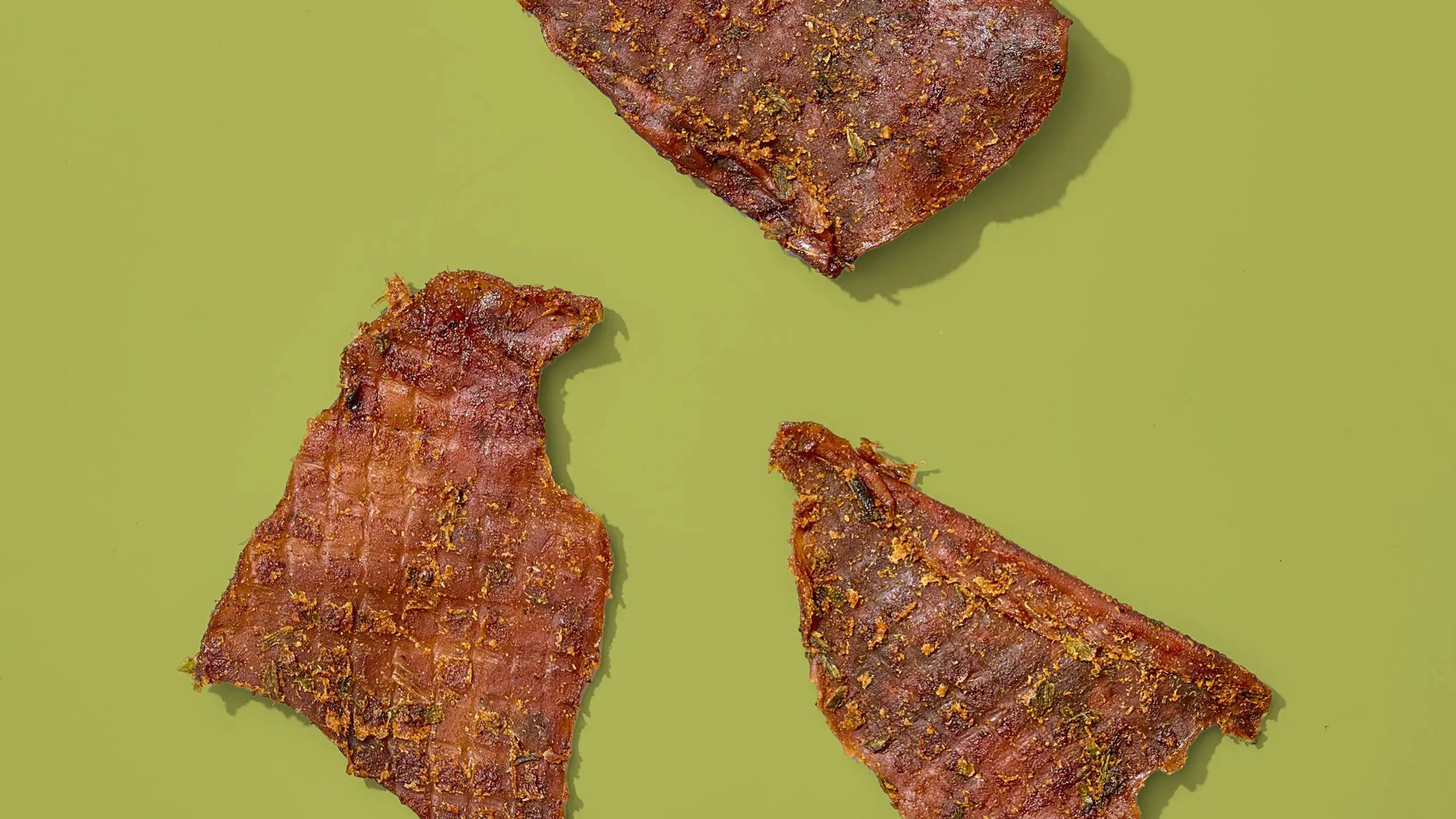The pace of consolidation in dairy far exceeds the pace of consolidation seen in most of U.S. agriculture as milk production has shifted to larger herds, according to USDA.
In 1987, half of all milk cows in the U.S. were in herds of 80 or more, and half were in herds of 80 or fewer. Since then, the midpoint size has risen consistently and by 2017, the midpoint was 1,300 cows.
The number of small commercial dairy farms has fallen greatly over time, from 47,873 a decade before (in 2007) and 146,685 three decades before (in 1987). By 2017, nearly 2,000 farms had herds of at least 1,000 milk cows, and those farms milked over half of U.S. cows.
Over time, production shifted toward much larger farms, often with 5,000 or more cows.
Powerful cost incentives exist behind farm consolidation as, on average, larger dairy farms have substantially lower costs of production than smaller farms. Farms with 2,000 cows realize lower costs than farms with 1,000 cows that realize lower costs than farms with 500 cows.
Small and midsized dairy farms are facing significant financial challenges, which could also accelerate consolidation. As a wave of farm closures hit many of the traditional dairy states in the Northeast and Midwest, the number of dairy farms licensed to sell milk fell by 15% between 2017 and 2019.
In response to the closures, Congress took steps in 2018 to expand support for dairy farms, mainly focusing on smaller operations. In the Bipartisan Budget Act of 2018, Congress amended existing legislation to reduce premiums charged to farmers for margin coverage under the Margin Protection Program for Dairy.
Later, in the 2018 Agriculture Improvement Act, Congress made further substantial changes to the program—renamed the Dairy Margin Coverage program—and adjusted other dairy-related programs. These changes are expected to lead to substantial increases in Federal expenditures in support of dairy produce.
USDA indicated the number of U.S. dairy herds fell by more than half between 2002 and 2019. The agency noted an accelerating rate of decline in 2018 and 2019 even as milk production continued to grow, showing production was shifting to much larger but fewer farms.
Consolidation will likely continue and if the number of farms continue to decline at a rate of 4% per year, in line with past trends, then 31,500 licensed dairy herds can be expected at the end of 2021, down from 34,187 in 2019.
Meanwhile, U.S. milk production in the 24 major states totaled 17.4 billion-lbs. in June, up 0.5% from June 2019, according to USDA. Milk production in the April to June quarter reached 55.9 billion-lbs., up 0.4% from the comparable period in 2019.
Production per cow in the 24 major states averaged 1,974-lbs. for June, unchanged from 2019, while the number of milk cows on farms in the 24 major states was 8.83 million head, 43,000 head more than June 2019, but 9,000 head less than May 2020.
The average number of milk cows in the U.S. during the quarter was 9.36 million head, 12,000 head less than the January-March quarter, but 31,000 head more than the same period last year.









